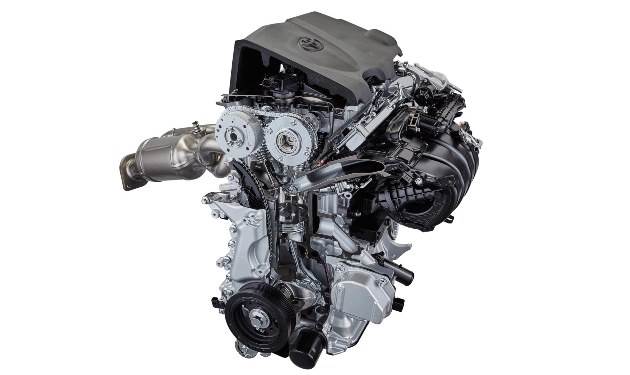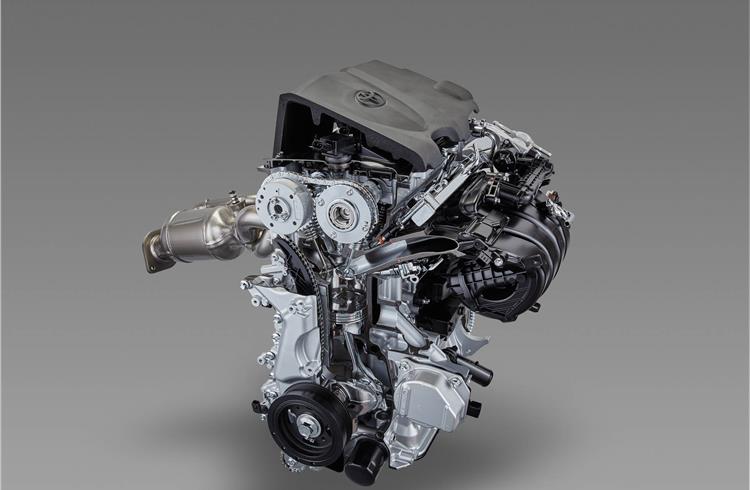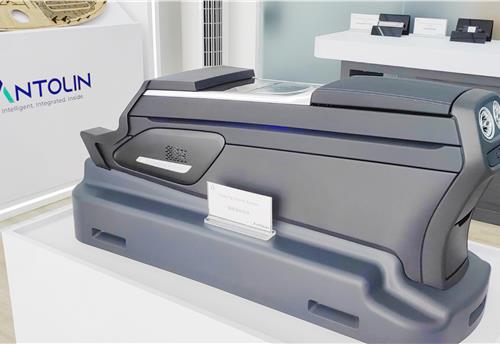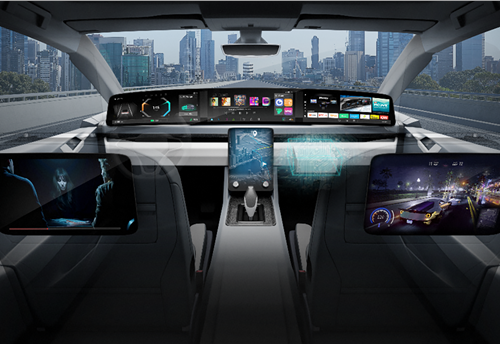Toyota develops new TNGA-based powertrain units
The new powertrain units provide approximately 10 percent better power performance and 20 percent better fuel economy.
Employing the Toyota New Global Architecture (TNGA) structural reform for making better cars, Toyota has developed advanced engines and transmissions and further evolved its hybrid systems. The Japanese carmaker plans to deploy these new powertrain units in a rapidly broadening range of vehicle models, starting in 2017.
Using TNGA, Toyota has been changing the automobile from its very structure, lowering hood heights, lowering the centre of gravity and implementing other innovations to improve driving performance. To enhance fundamental vehicle performance in terms of running, turning and stopping, it initiated a comprehensive review centered on vehicle platforms and is now, since the release of the fourth-generation Prius in 2015, expanding the use of new platforms throughout its product lineup. At the same time, it has been developing new powertrain units, which form the core of an automobile, that significantly improve both driving and environmental performance.
The newly developed powertrain units are light and compact and have a low-centre of gravity. In-depth reconsideration of fundamental vehicle performance has resulted in engines with high-speed combustion and in highly efficient multi-geared transmissions. Furthermore, to standardise the basic structure of these new units, modular design (unified design) was used, building a foundation for the future making of ‘well-built cars’.
Toyota says it aims to make cars with driving performance that responds to the will of the driver and are, at the same time, highly fuel efficient, among having other environment-friendly attributes. The new powertrain units announced today, in themselves, provide approximately 10 percent better power performance and approximately 20 percent better fuel economy.
Combining the new powertrain units with the overall evolution of the vehicle body, including aerodynamics, weight reduction and others, can open the way to even greater power performance and fuel economy.
New 2.5L direct-injection, inline 4-cyl petrol engine

Toyota has named its new line of internal-combustion power plants ‘Dynamic Force Engines’. To bring out the new engines' potential to the fullest, their basic structure was completely rethought using TNGA, and their overall structure and configuration were wholly innovated to achieve high-level driving and environmental performance. Work will continue to make the new engines even more advanced.
The new engines employ high-speed combustion technology and a variable control system. They also achieve greater thermal efficiency, resulting in high output, due to a reduction in energy losses associated with, among others, exhaust and cooling systems and the movement of mechanical parts. Their lineup includes a 2.5-litre engine that has one of the world's best thermal efficiencies ― 40 percent when used in petrol-powered vehicles and 41 percent when used in hybrid vehicles (HVs). This new, thoroughly reconsidered and greatly evolved engine features numerous new technologies, such as technologies for minute control that make it highly responsive and allow it to generate ample torque at all speeds.
Advancement of Toyota Hybrid System II (THS-II)
Applying size-reducing, weight-reducing and loss-reducing technologies used in the fourth-generation Prius, Toyota says it has enhanced its hybrid system for 2.5-litre engines and developed the new, high-performance Multistage THS II for rear-wheel-drive vehicles.
THS II for 2.5-litre engines excels in both power and fuel-economy performance due to the synergistic effect of size-reducing, weight-reducing and loss-reducing technologies coupled with the high thermal efficiency and output of a new TNGA-based engine.
Multistage THS II gives hybrid vehicles an all-new driving image with its start-from-stop acceleration performance and abundant direct feel. In addition to improving system efficiency at high speeds, intermittent use of the engine at high speeds has also been made possible, further improving high-speed fuel economy.
The system for plugin hybrid vehicles (PHVs) has also been enhanced. A new dual-mode drive system allows the electric motor, which was hitherto used only as a generator, to provide direct driving power, resulting in powerful driving, even when in EV mode. Further enhancing the system for PHVs is a large-capacity lithium-ion battery that largely increases the EV-mode cruising range to 60 kilometers or more*4.
Roll-out of new powertrain units
Within the five years to the end of 2021, Toyota plans to introduce 17 versions of nine engines, including the 2.5-litre engine announced today, 10 versions of four transmissions, including multi-geared automatic transmissions and a new kind of continuously variable transmission, and 10 versions of six hybrid systems.
In this manner, through TNGA-based modular development, Toyota will roll out numerous types of new powertrain units within a short timeframe, successively introducing them in various vehicle models, starting with the launch of a new-model vehicle in 2017.
By the end of 2021, Toyota aims to have the new powertrain units feature in 60 percent or more of Toyota-brand and Lexus-brand vehicles sold annually in Japan, the United States, Europe and China. Toyota forecasts that Toyota and Lexus vehicles sold that year in those markets will account for a CO2 reduction in those markets of 15 percent or more, counting the fuel-efficiency-improvement contributions made by the new powertrain units alone.
RELATED ARTICLES
Antolin unveils sustainable tech solutions at Beijing Motor Show
In line with its China market roadmap, Antolin is showcasing its latest advances in lighting, HMI, electronics, and sust...
Visteon wins $1.4 billion in new business in Q1 2024, launches 26 new products
Digitisation of vehicle cockpit megatrend is a key growth driver for Visteon with over $400 million of displays wins; Vi...
BMW uses Catena-X ecosystem using real-world CO2 data to enhance quality
Working together with partners and suppliers, the company has modelled a complete data chain for the first time using re...





 By Autocar Pro News Desk
By Autocar Pro News Desk
 06 Dec 2016
06 Dec 2016
 3313 Views
3313 Views









